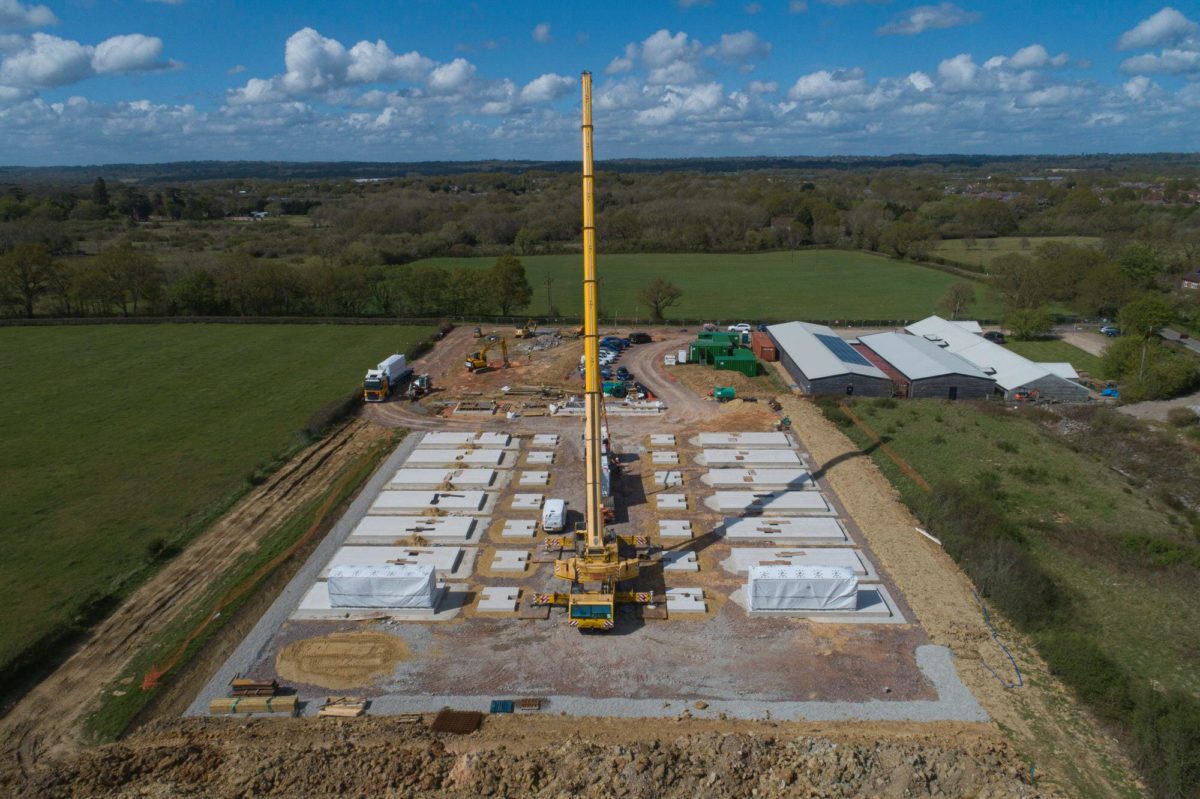Engineering, procurement and construction (EPC) services provider Sterling and Wilson has announced it plans to broaden its EPC offerings in the renewable space to include solutions for energy storage projects and hybrid energy power plants.
The EPC contracting giant, which has an Australian order book that includes five major solar PV projects with a combined total of more than 1.1 GW, also intends to deliver solutions for waste-to-energy projects.
Sterling and Wilson Australia CEO Philip Sheridan said the company aims to use its project management skills and strong stakeholder relationships to become a global leader in the energy market of the future.
“Australia is witnessing a significant change from traditional sources to cleaner energy forms for power generation,” he said.
“Several coal-fired power plants are reaching the end of their service life and consumer pressure is mounting to deliver future energy solutions that are more reliable, cost effective and sustainable.
“By diversifying into these key renewable areas, we aim to deliver new and innovative solutions to Australia’s future energy market and believe that our latest global offerings could open greater possibilities in the country’s renewable energy space.
“As a long-term operator in Australian market, we are excited to be part of this transition and provide investors with greater options to confidently invest in the region.”
Sterling and Wilson’s new focus will see it look beyond utility-scale, rooftop and floating solar power projects and operations and maintenance (O&M) services to seek opportunities to build hybrid energy power plants comprising two or more sources of energy, generally renewables, with or without energy storage.
In an emailed statement, the company said a large part of the global energy market is moving towards microgrids based on 100% renewable energy and that there is a huge demand for decentralized power plants because they are environment-friendly and economically viable.
The company said the waste-to-energy segment is another growing market.
“We believe the opportunities in these segments are huge,” Sterling and Wilson global CEO Amit Jain said.
“With the increased focus globally on low-carbon energy consumption and the resultant growing demand for green energy solutions, this is a logical extension of our business into the rapidly growing ESG space, thereby becoming a diversified renewables company.”
The announcement comes just weeks after Sheridan told pv magazine the integration of battery energy storage systems into solar PV farms in Australia will not only open up new business models and potential revenue streams but will be crucial for effective management of the nation’s energy supply as solar and wind grid penetration continues to increase.
Sheridan said with the demand for variable and dispatchable sources set to increase as Australia’s ageing fleet of thermal generators retire, grid operators and energy regulators are beginning to consider more closely how batteries can fit into the wider energy landscape.
“Building in battery storage unlocks the untapped potential to harness solar energy,” he said.
“Being able to generate during the day and being able to store and then dispatch in periods of peak demand has certainly got real opportunity.”
This content is protected by copyright and may not be reused. If you want to cooperate with us and would like to reuse some of our content, please contact: editors@pv-magazine.com.









1 comment
By submitting this form you agree to pv magazine using your data for the purposes of publishing your comment.
Your personal data will only be disclosed or otherwise transmitted to third parties for the purposes of spam filtering or if this is necessary for technical maintenance of the website. Any other transfer to third parties will not take place unless this is justified on the basis of applicable data protection regulations or if pv magazine is legally obliged to do so.
You may revoke this consent at any time with effect for the future, in which case your personal data will be deleted immediately. Otherwise, your data will be deleted if pv magazine has processed your request or the purpose of data storage is fulfilled.
Further information on data privacy can be found in our Data Protection Policy.